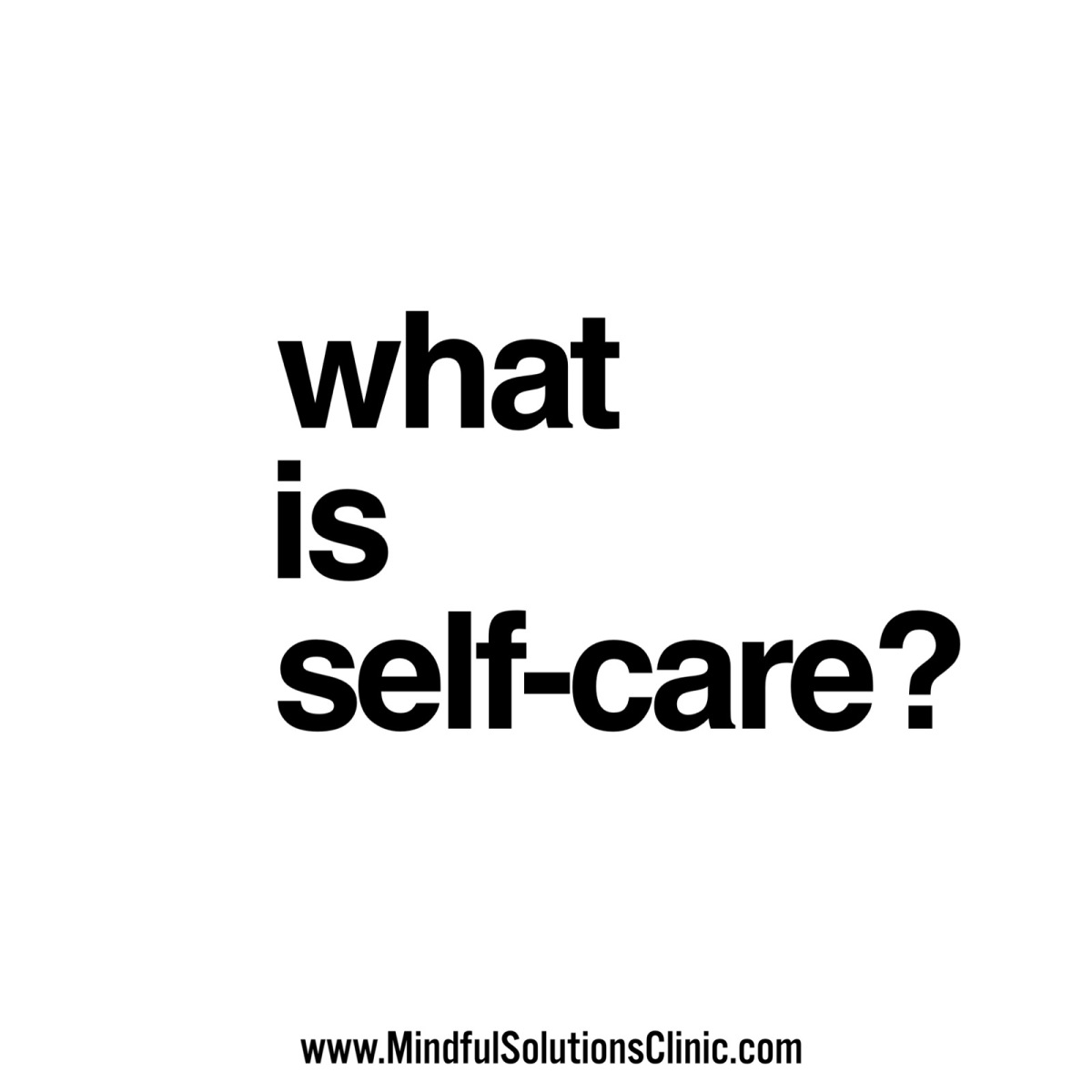
Toronto Mindful Solutions Clinic
Today is the third Monday of January – aka Blue Monday – claimed to be the most depressing day of the year. While this internet-made day has long since been debunked by science, there’s no denying that seasonal depression is very real.
Seasonal depression is a more common term for a condition named SAD (Seasonal Affective Disorder). SAD is a recurring depression that often occurs in the late fall and winter months. Contrary to common belief, you can successfully combat seasonal depression long before you feel its effects.
Try these tips to ward off seasonal depression:
1. Mimic the sun. Make sure to get some sun on your face for at least 20 minutes a day; failing that, consider purchasing a sunlamp that mimics the rays of the sun. Light therapy is one of the highest recommended treatments for seasonal depression.
2. Nurture your social life. Being socially active is an important part of keeping up your spirits during the wintertime. Have a weekly dinner with your friends. If the weather is nasty, host a dinner in your home or head over to your friends’ house for a nice evening. If the weather allows, head out for a weekly catch-up with the girls or poker night with the boys.
3. Boost your vitamins intake. Consider speaking with your family doctor and/or naturopathic doctor to see whether taking a course of vitamin supplements can help you. For instance, ample research shows that Seasonal Affective Disorder is prevalent when vitamin D stores are typically low. Get your levels properly tested.
4. Take a winter vacation. There’s a reason millions of Canadians are known as snowbirds! Head to a warm, sandy beach for a fresh perspective. Pack your bags and take a two-week vacation to Florida, Hawaii, or even a cruise in the Bahamas. Just two weeks, or even less if your schedule is rigid, will make a world of a difference on your mood. If you’re low on funds, consider nixing your summer vacation in favour of a yearly winter vacation. Generally, SAD recurs every winter. Instead of fleeing your home during the warm summer months, think of a winter vacation as your secret weapon against combating seasonal depression.
5. Practice daily mindfulness. By now, you likely have heard all about the benefits of daily meditation, right? These include lowered blood pressure, increased immunity, better sleep, and a reduction of symptoms associated with depression, anxiety, and pain related to stress.
In essence, you can effectively combat seasonal depression by being aware of both your behaviour and environment. Make a conscious effort to boost your own spirits and refrain from slipping into a rut. Of course, if you know that you’re suffering from a debilitating episode of SAD, contact a family doctor to ensure that your condition is safely treated and whether you need medication or not. And also consider working with a licensed psychotherapist to help you find the right coping strategies for you.
With a few small changes, you can survive – and even thrive – through the dreary winter season. Spring is right around the corner and the sunny weather and new perspective you crave can be yours, even before spring gets here.
 Here’s another guided meditation for you!
Here’s another guided meditation for you! Here is a brand new guided audio meditation that can help those of you who are dealing with physical or emotional pain. Hope you enjoy it!
Here is a brand new guided audio meditation that can help those of you who are dealing with physical or emotional pain. Hope you enjoy it!
 I often get asked by clients what this idea of “self-care” really looks like, practically speaking. It seems like we’re bombarded with this expression everywhere we look, especially on our social media feeds. Here are my thoughts on self-care, as well as some quick tips you can use today to begin practising good self-care.
I often get asked by clients what this idea of “self-care” really looks like, practically speaking. It seems like we’re bombarded with this expression everywhere we look, especially on our social media feeds. Here are my thoughts on self-care, as well as some quick tips you can use today to begin practising good self-care.
 I often teach my clients about the concept of the Monkey Mind – the inner narrative that we ALL have inside that is often critical and hopelessly jumps from one thought to another, just as a monkey tirelessly swings from branch to branch in the jungle.
I often teach my clients about the concept of the Monkey Mind – the inner narrative that we ALL have inside that is often critical and hopelessly jumps from one thought to another, just as a monkey tirelessly swings from branch to branch in the jungle. Have you heard of the term “intuitive eating” or “eating mindfully”, and wondered what it really means? It’s a non-dieting eating approach to living healthfully, which promotes:
Have you heard of the term “intuitive eating” or “eating mindfully”, and wondered what it really means? It’s a non-dieting eating approach to living healthfully, which promotes:
You must be logged in to post a comment.